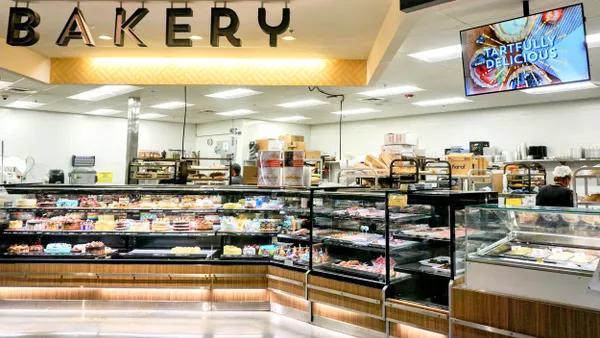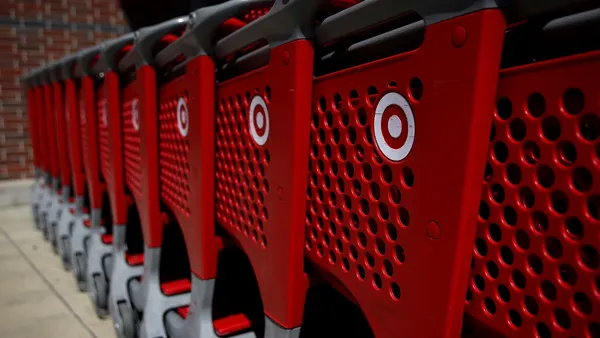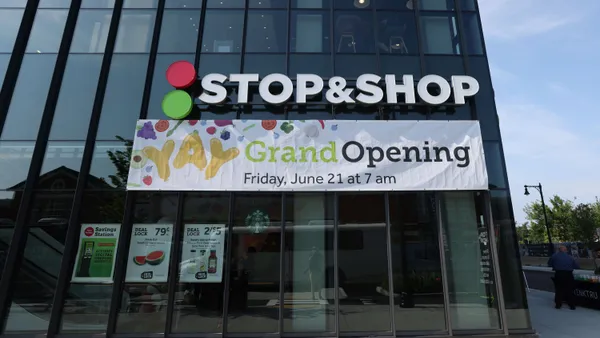Dive Brief:
- Ninety-three percent of the U.S. population, including 90% of people living in areas traditionally defined as “food deserts,” has access to food delivery through at least one of four major players — Amazon (Amazon Fresh and Whole Foods Market), Instacart, Uber Eats or Walmart — according to research The Brookings Institution published last week.
- Digital food access could be a “game changer,” especially for shoppers who live in food deserts or face mobility challenges, but there is a lack of assessments on challenges and e-commerce needs on a local level, per the report, which was authored by Senior Research Assistant Caroline George and Senior Fellow Adie Tomer.
- Delivery zones are still concentrated in the country’s largest metropolitan areas, according to the report, and only 37% of rural residents have access to any of the food delivery services that Brookings analyzed.
Dive Insight:
Using data from Amazon, Instacart, Uber Eats and Walmart on their fresh or prepared food delivery service areas in the third quarter of 2021, Brookings found that most people in the U.S. live in the companies' delivery zones and typically have more than one option. Half live in places with service from all four companies, while 32% have access to three of them.
Meanwhile, in areas the USDA has identified as low-income, low-access tracts — places where people tend not to live within easy range of brick-and-mortar food retail — Brookings' analysis found that 90% of the population has at least one service, while 44% has service from all four companies.
Having widespread service — and competition — doesn't make food delivery equally accessible to different populations around the country, the report noted. Several barriers, including a lack of access to a fixed or mobile broadband connection and income constraints, pose challenges for people trying to buy groceries and prepared food online, the researchers said.
Grocery shoppers may also not be aware of the e-commerce options that are available or have the digital literacy skills to feel comfortable with online ordering, the report said, calling attention to a need for more customer outreach.
While the pandemic has spurred e-commerce adoption, Brookings highlighted digital disparities grocery shoppers are grappling with. For grocers looking to reach more online shoppers, especially in rural America or in low-income areas, offering delivery alone likely won’t be enough to court shoppers.
The report noted that SNAP online purchasing has exploded, but SNAP recipients still face affordability concerns with delivery fees and tips, which are not covered by SNAP benefits, along with other issues like “volatile algorithmic pricing.”
“The success of the digital food system … should not be judged by share of retail sales or company valuations. Instead, the true success of the digital food system will be measured by how well it reduces food insecurity, facilitates environmental stewardship, and advances prosperity among workers and business owners," the authors noted.
Issues with affordability, quality and trust should factor into digital food access, the report said, noting that “gaps” in delivery service in small towns and rural areas should also be addressed. Meanwhile, shoppers are impacted by public policy issues like housing affordability, with larger structural disadvantages tying into food access.














